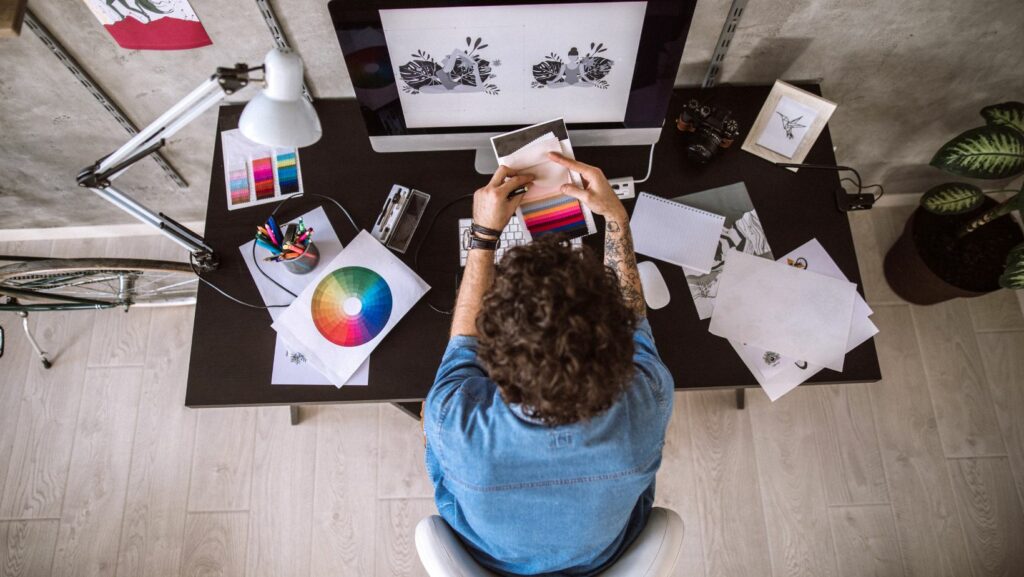There is more to being a game artist than being exceptional at drawing and liking a couple of games. Gaming covers a variety of game types, too, from FPS and RPG to MOBA, DOTA, and puzzles.
And while you might have a preference to play slots or SIM games, it is important to work on your understanding across a range of game genres to be the best you can be.
What do Game Concept Artists do?
You will put together all the visuals for a game, and you’ll have either digital or sketched (usually both) that cover some of the following:
- Weapons, objects, tools
- The environment, including background, menu screens, fonts.
- Characters both substantial to the story and side characters
- Pets, mounts, monsters, and everything in between
The artwork will be the drafts and the blueprint for the final product. Each artist will have a particular style, so it is a good idea to find a game genre that works with it. Some of the skills will be design, attention to detail, computer and software skills, creativity, and communication.
How Can You Improve as a Gaming Artist?
Education
If you have a natural skill, that is a great start, but to meet the criteria of many open job roles, you might need to show you have formal education. A degree is often one of the best ways to show you have formal training, and outside of that, having a supportive portfolio is a good start.
There are many degrees to choose from, but games animation, video game art, and 3D digital art can be a good choice.
Research
Think about your favourite games – and play them again. Take notice of the details and make a note of the people who are responsible for the artwork. Look at their profiles and start looking at their other works.
Playing games across multiple devices can give you a lot of inspiration and solidify the styles you like and the type of game studios that you might want to aim for.
You can also join game artist communities on places like Discord and talk to others who are working on their craft and others who might have tips that are usually hard to come by.
Practice
Almost all game studios will use some type of software for design and character building, and it is helpful if you are reasonably knowledgeable about them. Many of these types of software have a cost attached, so it is a good idea to look at free trials and make the most of them while you have access.
There are also many free courses, YouTube guides, and guides from software creators that can help you get more knowledge of them.
Fan Art
Take inspiration from some of the games you love to play and some of the most iconic game characters – and make them your own. Fan Art is a common way to give a nod of appreciation to the original and hone your own style and skills.
Doing this type of work can also help you build your portfolio – which you will need. Share the fan art on ArtStation, Instagram, DeviantArt, and Discord communities, get feedback, and use it to get better at what you do.
Online
Having a website is a great start because that is a great place for you to have your portfolio. Creating an online presence by getting involved with the art community, sharing your own work, and supporting others is a great idea.
This is a two-birds-with-one-stone situation – sharing gives you visibility, and it helps you build a professional network.
The key to having a good online presence is making sure that you are also interacting and engaging – not just sharing and leaving until the next time.
Attending a video game conference can be a great place to take your contact details on a business card and meet professionals in the industry. You can ask them questions and potentially get some leads about where your work will fit.
Portfolio
The term kill your darlings is going to apply here – you need to be ruthless with your portfolio and only leave in the very best of your work. Although there is some room to add to the work that you enjoyed doing, so long as there is a story to go with it – this can give more insight into your style and personality.
Once you have your portfolio ready and have spent some time building an online support network, you can start applying for roles that you think might fit your skill set. In some cases, reaching out to the company might get you on the list for upcoming projects, or you might learn about apprenticeships and traineeships that will help you kick-start your career as a game artist.











